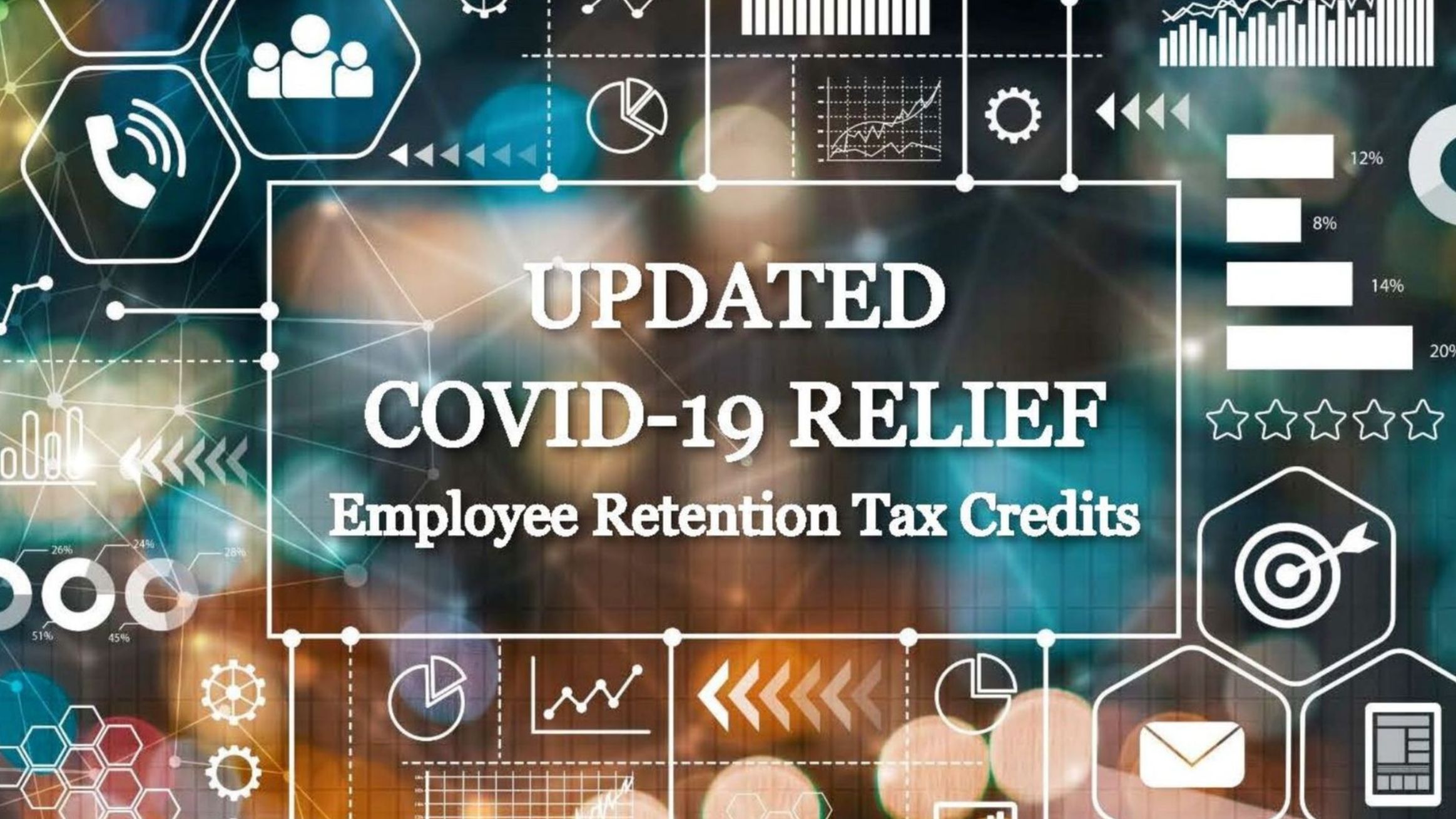UPDATED COVID-19 RELIEF – Employee Retention Tax Credits
Under the Consolidated Appropriations Act of 2021, which was signed into law by President Trump on December 27, 2020 (the “Act”), significant changes were made the employee retention tax credit (“ERC”) enacted under the CARES Act. Originally, companies were forced to choose between receiving a PPP loan or taking the ERC. As a result, the majority of companies opted to go for the PPP loan and largely ignored the ERC option. However, under the Act, a company that receives a PPP loan is no longer prohibited from claiming the ERC. This change is retroactive to the effective date under the CARES Act (for wages paid after March 12, 2020). As a result, every company with employees should review the ERC eligibility requirements to see if it is now eligible for this tax credit. This newsletter highlights the updates to the ERC under the Act.
Employee Retention Credit Overview
The ERC was part of the original COVID-19 relief package in the CARES Act, which was enacted in March of 2020. It provided a refundable payroll tax credit of 50% of qualified wages paid by employers from March 13, 2020 through December 31, 2020, this amount is limited to the first $10,000 of employee compensation. Qualified wages are W-2 wages and compensation, and they also include qualified health plan expenses. Qualified health plan expenses are the amounts paid by an eligible employer to provide and maintain a group health plan, but only to the extent that these amounts are excluded from the employees’ gross income. For companies with more than 100 full-time employees, qualified wages do not include wages paid to an employee performing services for the employer (either teleworking, or working at the workplace, even at reduced capacity due to reduction in business). But if a company has 100 or less full-time employees, it is eligible for the credit regardless of whether the employees were performing services at the time. This credit is a dollar-for-dollar reduction of a business’s payroll tax liability, specifically the employer’s 6.2% share of Social Security tax on an employee’s wages. In addition, it is refundable, which means if the business does not have a large enough payroll tax liability to use the credit, the IRS will send you a check for the remaining amount of the credit.
Requirements to Claim the Employee Retention Tax Credit
For March 12, 2020 – December 31, 2020: A for-profit business or tax-exempt organization can claim a refundable payroll tax credit of up to $5,000 per employee for qualified wages paid between March 12, 2020 and December 31, 2020, but only for qualified wages paid during a calendar quarter in which the business was either: (1) shut down by a government order or (2) experienced a 50% drop in year-over-year gross receipts. In order to qualify under the first scenario for any quarter in 2020, the operation of the employer’s trade or business must have been fully or partially suspended during the quarter due to an order from an appropriate governmental authority limiting commerce, travel, or group meetings due to COVID-19. To meet the gross receipts test set forth in the second scenario, for any quarter in 2020, the business must have experienced a 50% or greater decrease in gross receipts compared to the same quarter in 2019. If you believe that your business might qualify under one of the two scenarios, feel free to give us a call. Our firm can review your financial statements or confirm your eligibility due to a shut down by a government order.
Effective January 1, 2021 – June 30, 2021: An employer may now claim a credit of up to $7,000 per employee, instead of the $5,000 limit allowed under the CARES Act. Additionally, the limit on per employee creditable wages is now applied each quarter, instead of annually. And if an employer has fewer than 500 full time employees, it may elect for any calendar quarter to receive an advance payment of the credit for that quarter in an amount not to exceed 70% of the average quarterly wages paid by the employer in 2019. Lastly, business will now be eligible to claim the credit if (1) business operations are either fully or partially suspended by a COVID-19 lockdown order, or if (2) for a quarter in 2021, gross receipts are less than 80% of gross receipts for the same quarter in 2019. By decreasing the amount of the reduction in gross receipts from 50% to 20% many previously ineligible businesses will be able to claim the credit in 2021.
Receiving both the PPP Loan and Employee Retention Tax Credit
A company that receives a PPP loan is no longer prohibited from claiming the employee retention tax credit. The only restriction is that the ERC may not be claimed for wages paid with the proceeds of a PPP loan that has been forgiven. As a result of this change, a company that received a PPP loan in 2020 and paid qualified wages in excess of the amount of the forgiven PPP loan used to pay wages may be able to claim the ERC credit. It is important that a business looking at claiming both options carefully plan how they allocate PPP funds to wages and eligible expenses in order to maximize the benefit of both programs. Also, under the Act, eligible payroll costs are first applied towards the ERC rather than being forgiven as part of the PPP process. However, it may be more beneficial for a taxpayer to elect not to include certain wages and allocable health care costs in the computation of the ERC credit first, and instead use them for PPP forgiveness. This is especially important if a company has already applied for PPP loan forgiveness.
If you should have any questions about your business’s eligibility for the employee retention tax credit, please give us a call at (404) 365-5682.





